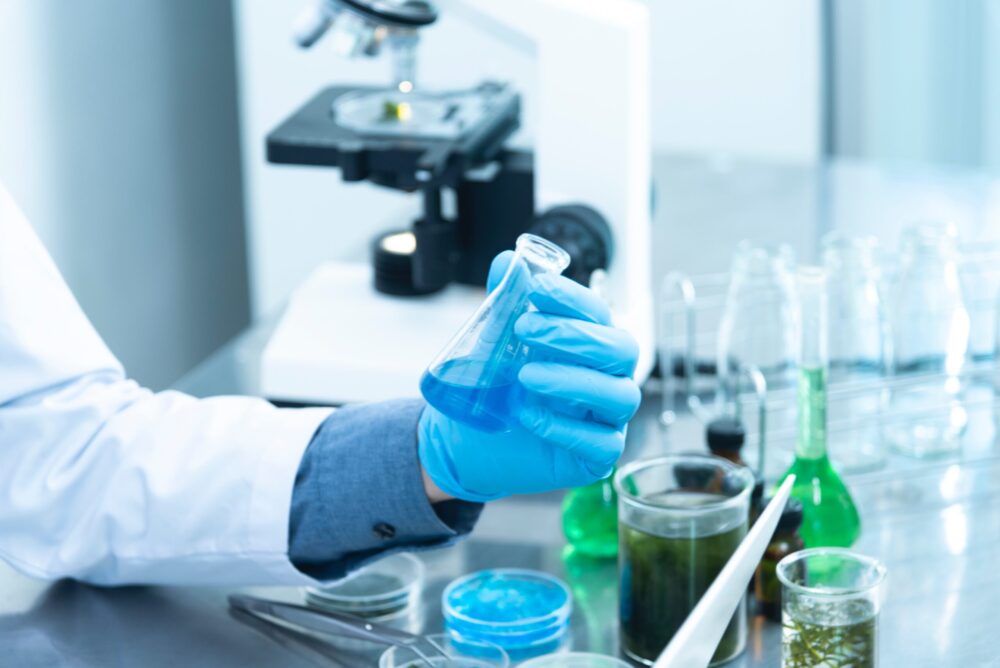An Overview of Adenosine Triphosphate
Adenosine triphosphate is a chemical compound found in living cells. It provides energy for many processes, including muscle contraction, nerve impulse propagation, chemical synthesis, and condensate dissolution. In humans, it is used for various brain functions. There are many uses for ATP, including research in cancer. This article will give you an overview of ATP and its functions.
Ribose and Adenine
ATP is made up of two separate molecules – a sugar called ribose and a base called adenine. The adenine is bonded to the ribose to form a nucleoside. This type of molecule is different from the adenine nucleotides in DNA and RNA, which cannot form chains. Nevertheless, these compounds have similar functions.
Adenosine triphosphate is a type of energy that is used by all living cells. It is produced by the ATP-PC system and is a source of energy for all living organisms. It is used in cellular processes, including the metabolism of glucose and fats. It can also be used as a nutrient, so supplementation with ATP can improve the body’s health and performance.
Energy provision
Adenosine triphosphate is an organic compound that is made by the body. It is also a hydrotrope and is used in the body to provide energy for many processes. It helps drive muscle contraction, nerve impulse propagation, condensate dissolution, and chemical synthesis. The human body produces trillions of ATP molecules every single day. Therefore, ATP is important for every aspect of life.
ATP can also be made synthetically. It is used for research and treatment in cardiac disorders. Research is also underway to discover its anti-aging benefits. An ATP supplement can improve cardiovascular health and relieve fatigue. It is made in the mitochondrial membrane. It is produced by an enzyme called ATP synthase, which is located in the inner mitochondrial membrane. When the enzyme is activated, the phosphate group of ATP transfers to another molecule, which in turn releases useful energy.
ATP is made from two components: adenosine and ribose sugar. The two components are used by cells to perform energy-related tasks, and can be created in a variety of ways. Photosynthesis uses sunlight to transform carbon dioxide into sugar, which is then converted into ATP. Another process, called cellular respiration, uses glucose in the same way. Cells can also produce ATP without oxygen, but it is more difficult and less efficient.
Molecular Currency
ATP is a molecule that stores energy in the cells and releases energy when needed. It is often called a “molecular currency” because it is so easily released when it’s needed. It is used for many intracellular activities, and is responsible for the assembly of DNA and proteins. Polysaccharides are another source of energy. ATP is an essential component of life, and the human body produces about 70 grams of it every day.
The energy released from ATP hydrolysis is used to power many cellular processes. ATP is produced continuously in the cell through various metabolic processes. ADP is broken down to produce adenosine diphosphate (AMP) and adenosine monophosphate (ADP). ATP is able to regenerate itself in a number of ways, including photosynthesis and cellular respiration.



